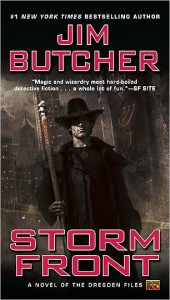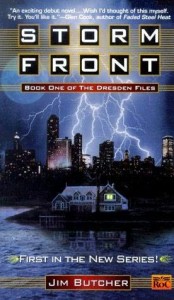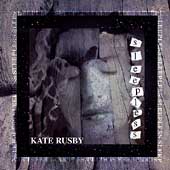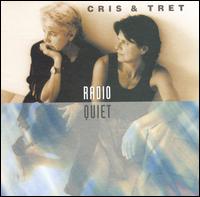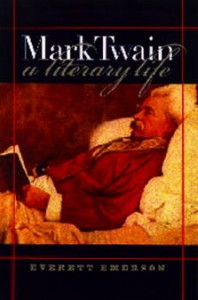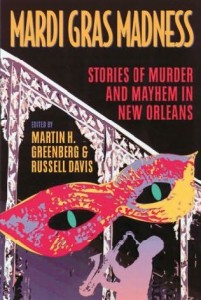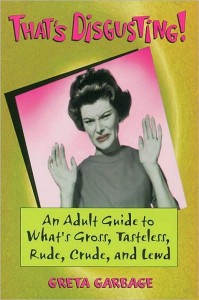 Quick! Think of the most disgusting thing you can. No, sicker still. Something that makes you ill just by thinking about it. Worse yet. Something that makes you cringe. Or get queasy. Or just plain leave the room.
Quick! Think of the most disgusting thing you can. No, sicker still. Something that makes you ill just by thinking about it. Worse yet. Something that makes you cringe. Or get queasy. Or just plain leave the room.
Got it yet? Whatever it is, it’s probably tame compared to the factoids and blurbs compiled in That’s Disgusting! An Adult Guide to What’s Gross, Tasteless, Rude, Crude and Lewd. Even the book is disgusting, coming in a nice, tasteful shade of pea-soup green. Written by “Greta Garbage,” clearly a pseudonym for any number of authors who wisely don’t want their real names attached to this omnibus of the obscene, That’s Disgusting! is the sort of book that isn’t for the faint of heart, easily appalled, or just about anyone.
Let’s get one thing straight right off the bat. This book holds no punches. It lists the gory details of life’s finer and less finer moments in painstaking thoroughness. It covers dozens of topics in alphabetical order, starting with “Ass, Bizarre Objects Up and In” and ending with “Vomiting by Celebrities.”
In between, we’re treated to such spectacular conversational pieces as “Monkey Brains, Eating of,” and “Cats and Sex.” In fact, sex is a popular topic. There’s “Sex, Death During,” “Sex, Fowl,” “Sex, Kinky,” “Sex, Kinky, Oriental,” and chapters on Bizarre Sex with Dogs, Horses, unusual animals, and the Wild Kink-Dom.
Circumcision. Enemas. Farts. Freaks. Semen and Female Fluids. Smegma, Sootikins, Fartleberries and Dingleberries. Sneaks, Eating or Biting You. Urine, Drinking. Masturbation. Menstruation. Foot Fetishism. Sodomy. The list goes on and on, each topic just a little grosser than the one before.
This book is quite simply the end-all be-all of every subject you’ve ever covered in gross-out contests with friends, covered in scatological jokes, all the things your parents refused to mention, the subjects hygiene class skipped over with a quick mumble and a prayer.
Did I mention Penis Incidents?
I was smart. I waited until I was in the bathroom before I opened this book. I figured that would be the most appropriate place for it, and boy, was I right. I never realized just how many subjects squicked me until I flipped through this book. There were times when I had to throw the book aside out of sheer revulsion, twitching and crying for my mommy to come and reassure me that the world really isn’t that cruel.
Sex with Ducks?????
Now here’s the surprising part. This book is well-researched, well-written, and an absolute joy to possess. Never again will I languish in doubt over such dubious topics as whether or not an alligator bit off Wild Kingdom host Lorne Green’s nipple. (It did!) Never again will I ask how much hospitals pay for foreskins. ($35!) Never again will I ask about how deer masturbate. (By rubbing their horns against a tree!)
You get the point.
Death During Sex???
You’ll get it all. Factoids. Trivia. Alternate names for body parts. Celebrity gossip. Things you’d never have believed if you saw them for yourself. Jokes. Actual explanations as to the nature of bodily functions. The definition of a dingleberry. References, such as Bizarre Magazine and alt.tasteless. A bibliography and index. Web sites that go into even greater detail.
If you’ve ever wanted to be enlightened, educated, or nauseated, this is the book for you. Yes, I’m recommending it highly, because all things considered, it’s a downright disgusting and well-done piece of work. You won’t want to read it in polite company, but it might be fun to pass around at parties, or to scare off that unwelcome roommate, or your in-laws.
Dismemberment???
Castration???
It’s all here. So enjoy. Just don’t blame me if it grosses you out. After all, I warned you … and the book’s introduction will warn you as well. But for the brave, curious, and easily amused, this may amuse you.

